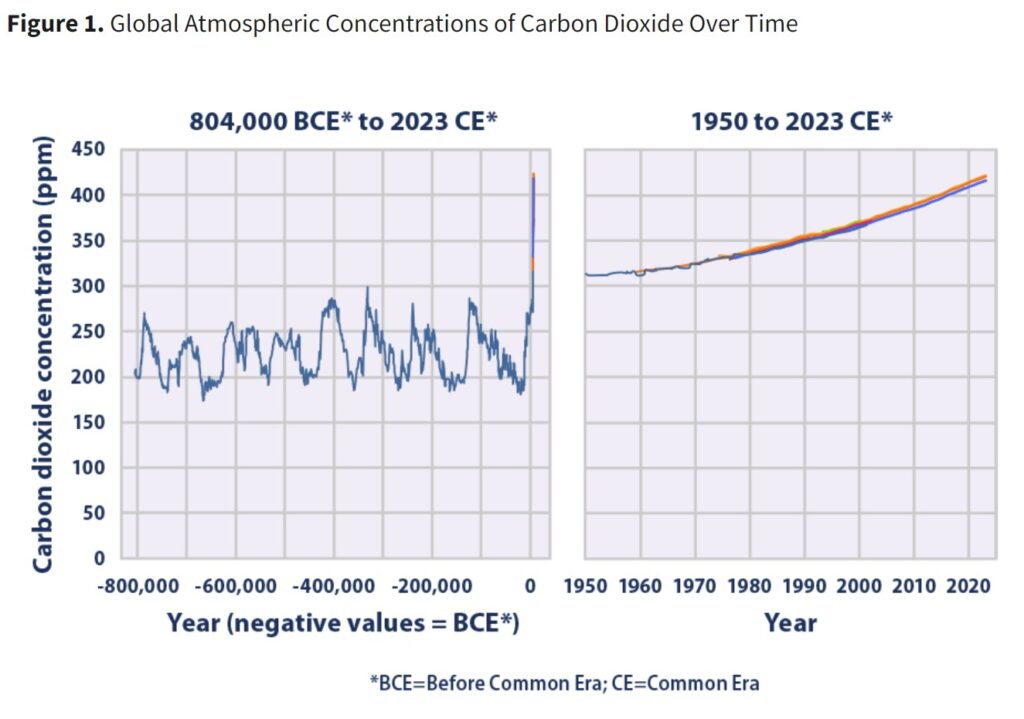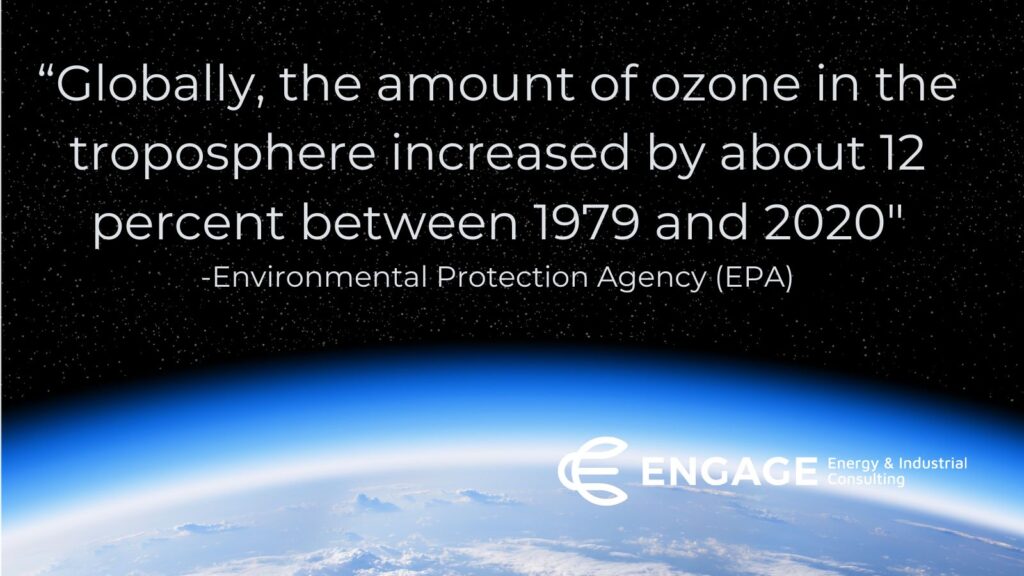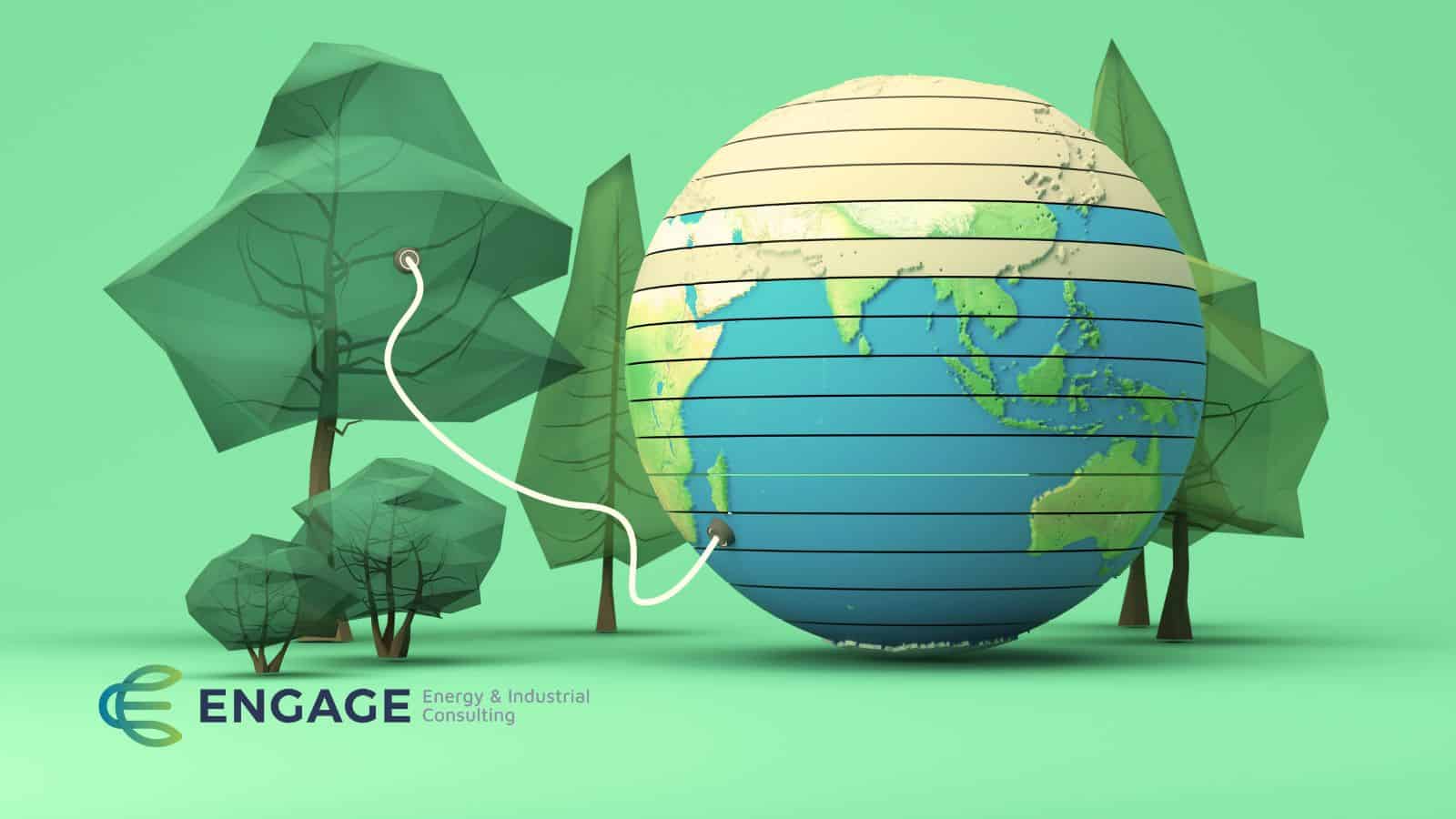“Net zero” refers to achieving a balance between the amount of greenhouse gases emitted into the atmosphere and the amount removed from it. While this concept is often used in addressing climate change, it isn’t as transparent as it might sound. Companies may set goals to reduce the accumulation of greenhouse gases (like carbon dioxide, methane, and nitrous oxide) that contribute to global warming. However, achieving and measuring those efforts can be problematic.
In this blog Engage Energy and Industrial Consulting will address what it means to set goals for “Net Zero.” We will also tackle the pitfalls of the journey and what we would recommend for your business.
What is “Net Zero?”
Net Zero is a term used by an entity (such as a country, company, or organization) to claim that their footprint does not contribute to carbon emissions or greenhouse gases into the atmosphere. There are two ways that entities can try to achieve this.
- Reduce Emissions: Significantly cut down the emissions produced by its activities. This can be done through various methods, such as transitioning to renewable energy sources (like wind, solar, or hydroelectric power), improving energy efficiency, reducing waste, and adopting sustainable practices in transportation, agriculture, and industrial processes.
- Offset Remaining Emissions: Any emissions that cannot be eliminated must be balanced by removing an equivalent amount of greenhouse gases from the atmosphere. This can be achieved through methods like reforestation (planting trees), carbon capture and storage (technologies that capture and store carbon emissions), or investing in carbon offset projects.
The goal of achieving net zero is to limit global temperature rise to 1.5 degrees Celsius above pre-industrial levels, as recommended by the Intergovernmental Panel on Climate Change (IPCC) to avoid the most catastrophic impacts of climate change.

A Cautionary Tale of Claiming to be “Net Zero.”
When a company claims to be “net zero,” it often faces several challenges and criticisms that can undermine the credibility and effectiveness of its commitment. Here are some key problems associated with such claims:
1. Reliance on Carbon Offsetting
Many companies rely heavily on carbon credits and carbon offsetting to achieve their net zero goals. May achieve this claim buy purchasing or investing in projects that aim to lower emissions. As an example of this came from the Paris 2024 Olympics:
“According to the official Olympic website, this year has seen a structural transformation in the way that carbon emissions are addressed, from a “post-games assessment” to a “pre-games target.” As well as committing to reducing emissions at the source, Paris 2024 has purchased 1.3 million voluntary carbon credits for offset projects “that collectively protect more than 400,000 hectares of threatened forest.” – Earth.org
Offsetting involves investing in projects that reduce or remove emissions elsewhere, such as reforestation or renewable energy projects. However, this approach can be problematic because:
- Quality and Effectiveness: Not all offset projects are equally effective, and some may not deliver the promised environmental benefits.
- Double Counting: There is a risk that multiple entities might claim the same carbon offset, leading to overestimation of its impact.
- Temporary Solutions: Some offsets, like tree planting, may not provide permanent solutions since trees can be cut down or destroyed by natural disasters.
2. Lack of Clear Standards and Definitions
There is no universally accepted standard for what constitutes “net zero,” leading to varying interpretations and practices. Companies may set goals based on different criteria, making it hard to compare or assess their true impact. This lack of standardization can lead to confusion and skepticism.
3. Greenwashing
Some companies may use “net zero” claims as a form of greenwashing—presenting themselves as environmentally friendly without making substantial changes to their operations. Here is a list of the top offenders of greenwashing according to Earth.org
Greenwashing Can Involve:
- Misleading Marketing: Highlighting minor environmental achievements while ignoring significant ongoing emissions.
- Vague Commitments: Setting distant net zero targets (e.g., by 2050) without clear, actionable plans or intermediate milestones.
4. Insufficient Focus on Reducing Direct Emissions

Companies might prioritize easier or less costly measures, such as purchasing carbon credits, rather than making deeper, more challenging cuts to their direct emissions. This approach can delay meaningful action on climate change and reduce the pressure to innovate or transition to sustainable practices.
5. Short-Term Thinking
Net zero claims can sometimes focus on achieving balance by a specific deadline (e.g., 2030 or 2050) rather than committing to long-term sustainability. This can lead to strategies that are less effective over the long term, such as relying on offsets instead of investing in structural changes to reduce emissions permanently.
6. Lack of Transparency and Accountability
Companies often lack transparency about their methodologies, data, and assumptions used to calculate emissions and offsets. Without detailed reporting and third-party verification, it’s challenging to assess whether a company’s net zero claim is genuine or based on flawed assumptions.
Let’s look at the United States. In America, our politicians have a target to reach net zero by 2050. There is a Long-Term Strategy that you can read HERE. While it looks great on paper there are some areas of long-term sustainability. For instance, the USA has made a target to reduce emissions by 2030. However, outside of CO2, consumptions emissions are not specified, historical emission data is not specified, and international aviation and shipping emissions are not included. In addition to the lack of details in the plan, the reporting is not scheduled annually. There is also no formal accountability to the plan.
Between the business sector and the government there is a disconnect on how they are going to achieve this goal. For instance, there are no limits or conditions to use offset credits to achieve the goals. Which means that they can simply buy carbon credits to offset the lack of actual reductions in carbon emissions. Will the USA meet their goal by 2050? Time will tell.
Would We Recommend Your Business Make Net Zero Goals?
When it comes to picking a goal date for Net Zero, we caution companies from making bold claims without tangible action plans. While half of the world’s largest companies seem to be committed to net zero emissions, those goals may not be completely obtainable in the timelines that they have set. It is one thing to have a plan, achieving it takes a long-term commitment and governance to monitor progress.
This is where Engage Energy and Industrial Consulting shines. Our goal is to help your business create an actionable plan and provide governance and accountability for you to meet your goals. Through sustainability initiatives and innovative processes, our team of experts is here to help you develop a long-term sustainable business model. A better tomorrow starts with an actionable plan today. Contact us to learn more.
Additional Reading:





